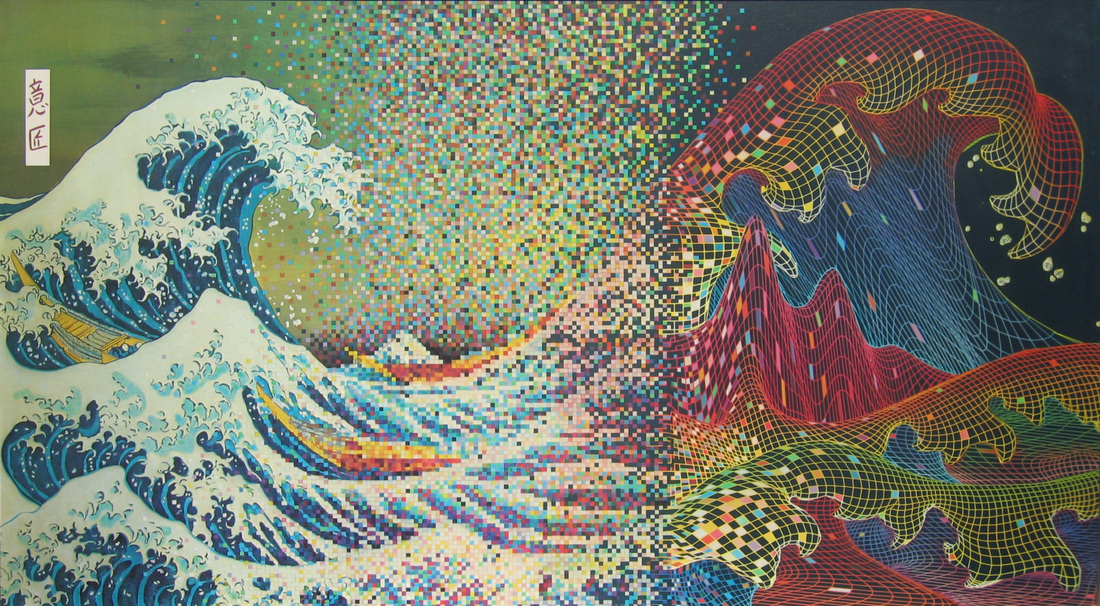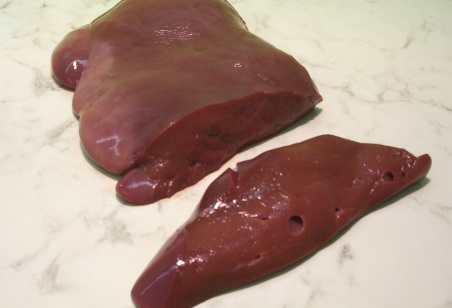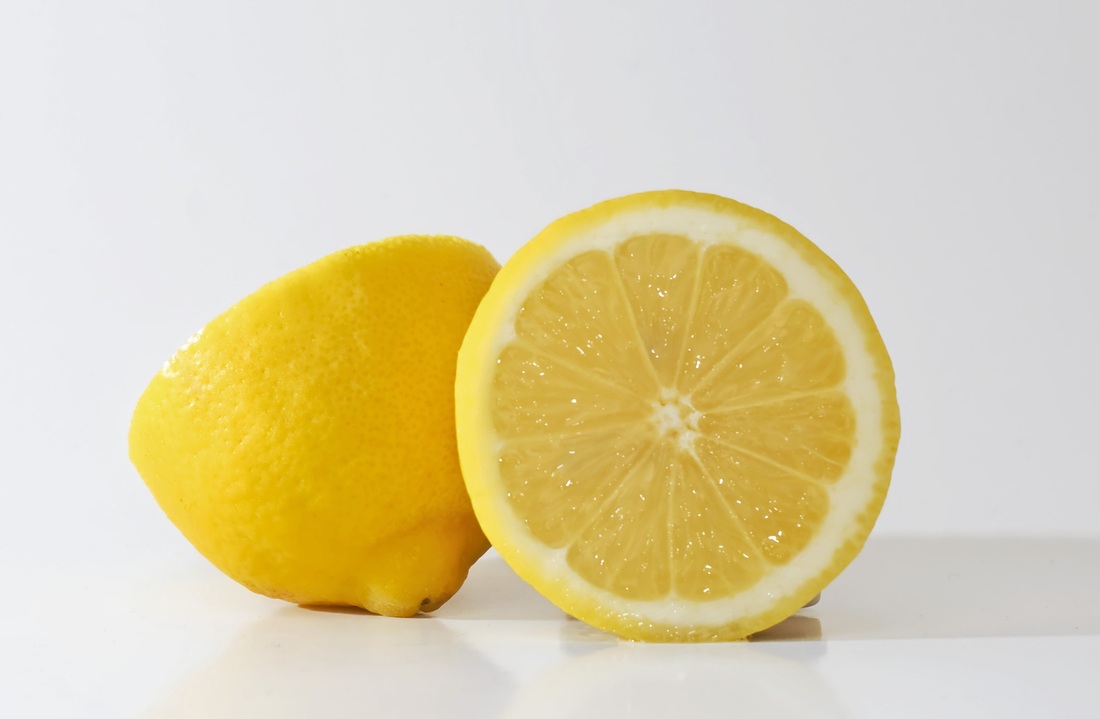n
“I just can’t get any distance from it.”
“He’s blowing it all out of proportion.”
“My mind went blank.”
Sound familiar? Odds are you’ve probably heard all of them at some point as they’re commonly used expressions. But they may be a lot more than just catch phrases casually tossed into conversation. In the 1970’s, a group headed by Richard Bandler at U.C. Santa Cruz were working with students trying to find patterns that would connect eye movements to various memory functions; patterns that would later come to be called eye accessing cues, or vertical and lateral eye movements in psychology speak. What Bandler and his colleagues also realized during their study, was that some of the answers given by students like the ones above were more than mere figures of speech, they were in fact literal descriptions of what the individual was experiencing inside their head at the time. So the person who couldn’t get any distance from their problem actually had a large image in their mind’s eye that was too close for comfort. Likewise, someone whose mind “went blank” literally saw a blank white screen instead of being able to bring up with the image of the desired memory.
Consider for a moment that our connection to the physical universe is our five senses: seeing, hearing, feeling, smelling and tasting. These are called modalities after “moda,” the Greek term for senses. Internally we also use our five senses, our inner modalities, to organize our experiences. But those inner modalities also have structural qualities, or “submodalities,” as noted by Bandler and colleagues. Sight alone has dozens of submodalities including size, proximity, location, brightness, depth, and more. Here’s a partial list of some of the most common submodalities:
Visual
Black & white or color*
Proximity: near or far*
Location*
Brightness*
Location*
Size of the image*
Three dimensional or flat image*
Focused or defocused
Framed or unframed
Movie or still image
Auditory
Volume: loud or soft
Distance: near or far
Internal or external
Location
Stereo or mono
Fast or slow
Pitch: high or low
Verbal or tonal
Rhythm
Clarity
Pauses
Kinesthetic
Intensity: strong or weak
Area: large or small
Weight: heavy or light
Location
Texture: smooth, rough or other
Constant or intermittent
Temperature: hot or cold
Pressure
Vibration
Driver Submodalities
Another discovery for Bandler and company was that changing any one of a handful of visual submodalities completely altered the experience and any feelings connected to the experience for the subject in question. These became known as “driver” submodalities and they include size, proximity, brightness, and dimensionality, to name a few (I’ve noted the driver submodalities for visual listed above with an asterisk). I have to note that all the tasters I’ve worked with in my project have driver submodalities. For Emily Wines MS, increasing the size and proximity of the images she perceived of the aromas in a given wine increased the intensity of her experience. Decreasing the size of her images or pushing them away did the opposite—it decreased her experience of the specific aroma and also increased the intensity of the other aromas in the wine. For Doug Frost, MS, MW, changing any of the major submodalities made the entire experience unreal and he couldn’t focus on the wine. For me, changing the size, proximity, color vs. black and white, or making the image two dimensional instead of three dimensional, all change my experience of the wine, sometimes completely.
Here’s an exercise in finding out how your brain works; literally discovering how your brain codes external experience. For this first exercise, we’ll limit it to just visual submodalities. The only thing you’ll need is a pleasant memory like the beautiful sunset pictured above. So go back to a time when you experienced a gorgeous sunset. Once you’ve got the memory so that you feel like you’re really there, make the suggested changes below. Important rule: only change ONE thing at a time. If you change more than one, you’ll likely to completely muddle the experience. After you make each single change, remember to RESET your memory to the original before going to the next. As you make each change, pay close attention to how the change affects the intensity and quality of your feelings toward the memory. Remember: only change ONE thing at a time and then reset it before going to the next. Have fun! Go!
1. Color vs black and white: change your image from colors to black and white. How does that affect your memory?
2. Depth: change your memory from a three dimensional image with lots of depth to a flat picture. Does that change your memory?
3. Distance: move the image really close—right in front of your face. Changes? Now move it at least 20 feet away. Changes?
4. Size: make the image BIG—at least 20’ by 20’. Change in intensity of the memory? Now make the image really small – the size of a postage stamp. Changes?
5. Clarity: change the image from crystal clear to blurred. Changes?
Which of the preceding changes altered your experience the most? For some, changing the distance, proximity, brightness, size, or dimensionality (2D vs. 3D) completely changes the intensity of the feelings connected to the memory. Did you find your driver submodalities? Chances are it was pretty easy to do. Now for more fun.
In the first exercise we took one memory/image and played with changing major visual submodalities one by one to get an idea of how profound the changes can be. In this second exercise, we’ll take two memories and map the differences between them. We’ll use food as the topic. The first thing you’ll need to do is pick your favorite food, something that makes you swoon at the very thought of it. Easy for me: it’s good bittersweet chocolate or chocolate truffles. Bring up a great memory of your favorite food, be it chocolate or whatever. Now choose your least favorite food, something you will absolutely NOT eat under any circumstances. If for any reason you don’t have one, just choose something that you really would rather not eat. For me this is easy once again; my least favorite food is calves liver. Can’t stand it and absolutely won’t eat it (Long story here having to do with a tragic childhood experience).
Now that you have your two foods in mind focus on your favorite. Where is the image of your favorite food located? Is it a life size memory? Is it in color? Is there movement? Sound? How bright are the colors? Is it 2D or 3D? Really be thorough in investigating the structure of your memory. Note all the different elements and write them down. Next think about your least favorite food and do the same; note the location of the image, if it’s a movie, the size, distance, color, brightness, and other things. Also write them down.
Now compare the two different foods in terms of how you represent them internally. Are the images in different locations? Different sizes? Is one image closer than the other? Is one brighter than the other? Is one a still image still while the other is a movie? For the record, I did quick inventory of both my choices. Chocolate was a large image front and center, 3D, about 4-5 feet away, life size, with bright colors, and lots of detail. In comparison, the calves liver image was down on the floor to my left just out of eye sight; it was a dark image, very dull in terms of brightness, and the colors were all faded greys and browns. It almost looked like a daguerreotype from the 19th century.
You get the picture–literally. Contrasting memories like this in terms of structure is called “contrastive analysis” and it has any number of different applications.
The only other part of this exercise I’d like you to do is this: for a moment try moving the un-liked food over to the favorite food location and make all the structural components the same. Notice if you feel any different about the un-liked food after doing so. Then put it back where it was. As the saying goes, let sleeping dogs lie and leave undesirable foods alone.
Submodalities and Language
One final–and not so trivial–thing about Bandler and company’s initial work with submodalities: during their work, their group recognized that subjects often favored one particular sensory representational system (internal sense) over others in conversation. Some would use “sight” language while others regularly chose auditory language while a small percentage used kinesthetic language. Thus one person might say “I see what you mean,” while another would say “that sounds good,” while a third might say, “that feels right.” While it may seem insignificant, Bandler’s group went on to learn that matching language predicates generally led to good communication while mismatching predicates usually led to the opposite. Suffice to say that if you mismatch someone’s language predicates you will drive them absolutely crazy in a short period time. Further, it could be challenging to establish any kind of rapport or connection with them because you’re not in the same mental universe. However, match their conversational predicates and you’ll find yourself singing harmony with them in short order. Or something like that.
How can we use submodalities in tasting wine? I thought you’d never ask. The answer is in a multitude of different ways, but in this post we’ll focus on improving olfactory memory. In the last post I wrote about working on one’s memory of the most common aromas in wine using what I called the “Basic Set.” If you did any work with the images, you probably improved your memory, maybe even considerably. Kudos to you! Now we’ll combine the submodalities with image work. Here are some exercises to try:
a. Images, aromas, and submodalities: bring up an image of lemons internally like the one above. Start to use the submodality changes listed above as far as changing the size of the image, its location, the brightness, 2D vs. 3D, etc. Note how you can quickly and easily increase or decrease the intensity of your memory of what a lemon smells and tastes like.
b. Expand your repertoire: now isolate what different parts of the lemon smell like—the peel, pith, rind and the oil. Once again, use images to increase or decrease the intensity of your memory of lemon and all its components.
c. Refine and calibrate: now that you’ve discovered your major driver submodality (Be it size, proximity, brightness or whatever—and there could be more than one), use it or them to decrease the intensity of your memory of lemon until you can barely detect it. Work on pushing your memory and perception until you can detect minute amounts of the lemon and any part of the lemon.
d. Quality of fruit: take your image/memory of lemon and change it from freshly sliced lemon to dried lemon to preserved lemon. Morph your images and adjust your memory of the lemon accordingly.
By now you should have a good first impression of how you can change your experience by altering submodalities. The possibilities, as it’s easy to see, are endless. While doing the exercises you probably realized—and very quickly—how important knowledge of submodalities is; how knowing about them and being able to change them consciously is like being given a keyboard to your brain along with a lot more control and choice about your experience and memories. I think submodalities could be the most profound thing I’ve ever learned. Nothing else comes close. Cheers!
nn




